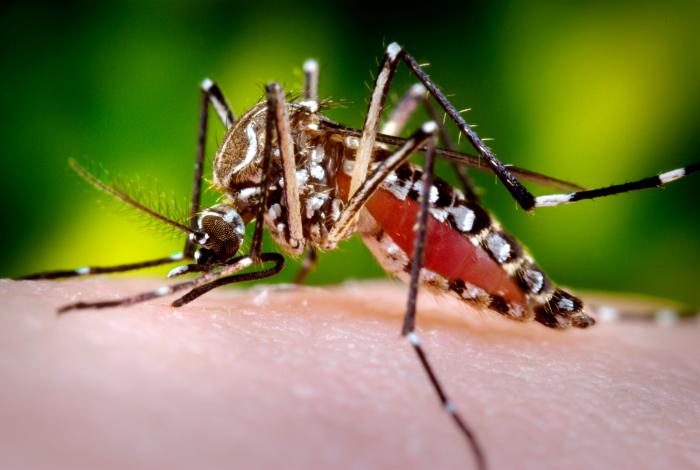In a follow-up to a previous report on yellow fever in Central Peru, the Pan American Health Organization (PAHO) reports that through the first week of April 2016, there were 25 suspected cases of yellow fever reported, including two deaths. Of the reported cases, nine were confirmed, 11 were classified as probable, and five were discarded.

The departments reporting the highest number of cases – confirmed and probable – were Junin (8 cases) and San Martin (6 cases). Currently, Peru is the only country in the Americas to report confirmed yellow fever in 2016.
The number of cases reported to date in 2016 exceeds the total of cases reported in the preceding two years; with 15 cases reported in 2014 and 17 cases reported in 2015.
PAHO reports the global supply of yellow fever vaccines has been insufficient for years. The PAHO/WHO Revolving Fund provides about 50% of the demand in the Region of the Americas. The current outbreak in Angola has stretched existing yellow fever vaccine supplies.
Yellow fever is a disease caused by a virus, which is spread through mosquito bites. Symptoms take 3–6 days to develop and include fever, chills, headache, backache, and muscle aches. About 15% of people who get yellow fever develop serious illness that can lead to bleeding, shock, organ failure, and sometimes death.
Related:


One thought on “Peru yellow fever update: 9 confirmed cases”